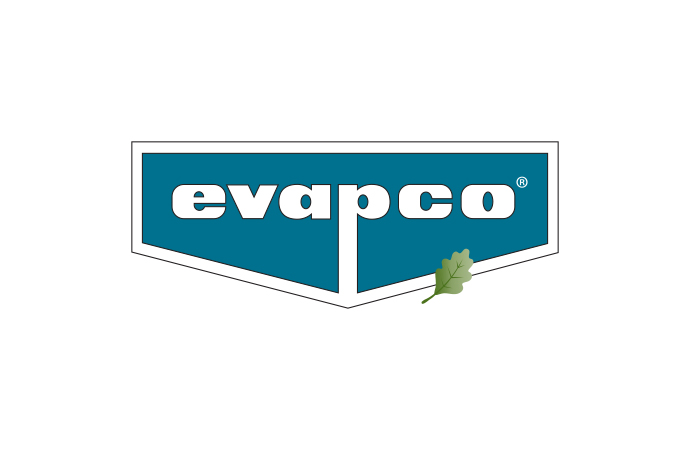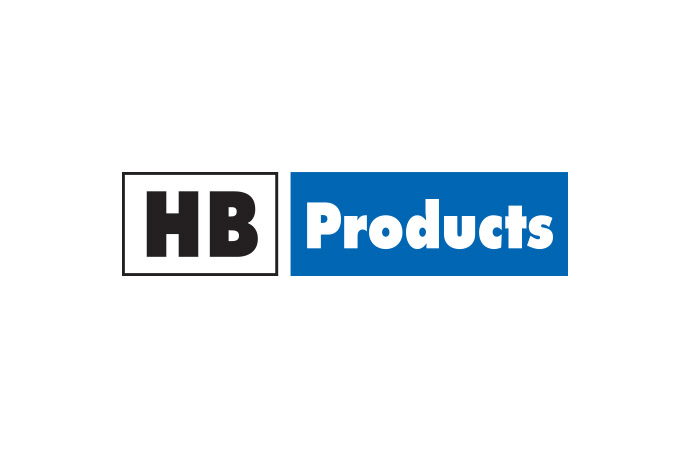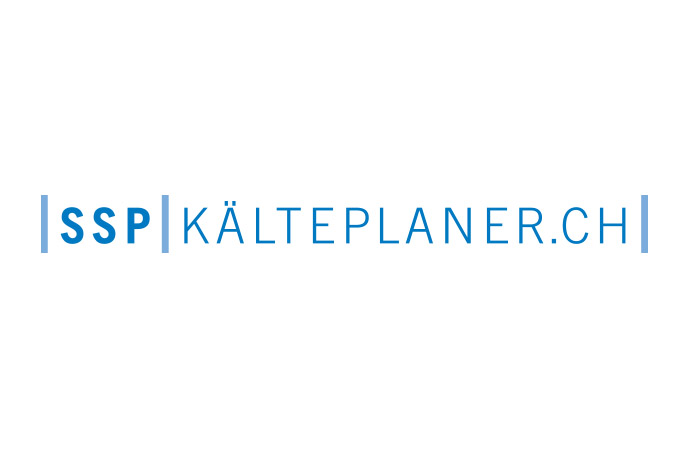Intro: The EU funded ICE-E (Improving Cold Storage Equipment in Europe) project will develop a benchmarking tool to assess the performance of a particular cold store against data for hundreds of other stores across Europe. ammonia21.com talked to Project Coordinator Judith Evans of London South Bank University, about what to expect from the project.

ammonia21.com: The ICE-E project will help “European cold store operators overcome reservations to the uptake of new technologies by providing information needed for a knowledge-based selection of refrigeration equipment and for identifying cost efficient paybacks to the refrigerated warehousing business”. Does this mean that the project will focus on facilities with new equipment? How will you account for the age of the various facilities?
Evans: The aim is to look at old facilities as well as new ones. Obviously we would like to encourage the best technologies in new facilities, but the majority of energy savings is going to be achieved from improving old facilities. So the idea behind the project is that different cold stores have different problems, an observation we have made when we previously worked with cold store operators. We have also observed that generally the advice given to people tends to be rather generic and not very specific for a particular application. Consequently, the way to improve energy performance is different in different cold stores. Thus, we need more of a bespoke solution rather than a generic solution that says “this is the range of technology that you should apply”.
ammonia21.com: The ICE-E project partners have put together a first online survey addressed to cold stores in order to collect information on the amount of energy they use. What is the aim? Will there be more surveys coming up (already compiled or under development)?
Evans: We are trying to encourage people at the moment to take part in the survey. This is the first major initiative within the project and we need cold store operators to be involved and provide us - anonymously- with some information about the operation and efficiency of their cold stores.
It also gives the opportunity for people if they wish to sign up for a further survey, which will be a much more detailed audit of their refrigeration plant, which they can be potentially involved in. We are going to select a number of cold stores of various ages, at different locations, with different technologies that we are going to hopefully be able to work with in more detail and spend a couple of weeks auditing and giving them detailed information on how they could improve their energy efficiency.
We are encouraging people to be involved in the survey initially, which will then lead to information on the energy efficiency of cold stores in Europe and from that we can also create benchmarks. What people can do is, they can look at their cold store within the survey and see how their performance compares to others within the survey and they can go back at any time as we are obviously adding more data all the time into the survey.
ammonia21.com: What is the minimum of responses that you are targeting? Will the survey webpage be continuously evolving then?
Evans: We are hoping to get 500 responses to the survey, which is a relatively ambitious number. We are also hoping that at the end of the project somebody – an organisation – will take over the running of the survey because it will be relatively automatic as it is all electronic and accessible via a website.
ammonia21.com: Will the tool take into account the climatic conditions where a facility is located?
Evans: Obviously the location of the cold store is being put into the survey, so that when we analyse the data, this is one of the factors that we are taking into account.
ammonia21.com: How will the project account for refrigerant emissions on top of the energy related emissions?
Evans: We are also asking within the survey for information about refrigerant leakage. Within the survey there is a minimum amount of information that we want to collect, which is really how much energy they have used per year and some basic information about the cold store. And then there is more detailed information as well, which includes refrigerant emissions.
Filling in the complete survey should take about 10-15 minutes while filling in only the basic information it will take only a few minutes. Then respondents can automatically compare their data to other people’s within the survey. Moreover, if people give us their contact information we will send them a report at the end of the project on the information from the survey.
ammonia21.com: For how long will the project run and what will some of its main outputs be, besides offering cold store operators the capability to do an online comparison of their cold store to other cold stores in Europe?
Evans: The project should be completed by mid next year, i.e. May 2012, but we are hoping that there will be sufficient interest for us to be able to keep the website up and running afterwards.
There are a lot of things within the project that would maybe interest people. There will be:
ammonia21.com: The project partners are scattered across Europe, from the Katholieke Hogeschool Limburg in Belgium to the Danish Teknologisk Institut and to the University of Padova in Italy, to name a few. How do you go about work co-ordination as well as dissemination efforts for people outside the project?
Evans: Within the partnership we organise face to face meetings and co-ordinate via email, skype, etc. Workshops in dissemination meetings are more for people outside the project. For example, we will hold a dissemination meeting involving all the partners at the 23rd IIR International Congress of Refrigeration in Prague later this year. In Prague, there will also be a workshop by the UK network SIRAC (Sustainable Innovation in Refrigeration and Air Conditioning), which looks at new technologies in refrigeration and bringing companies and academics together, as well as a workshop on another project that London South Bank University has been involved in, called FRISBEE (Food Refrigeration Innovations for Safety, consumers’ Benefit, Environmental impact and Energy optimisation along the cold chain in Europe), which looks at the refrigeration technologies throughout the cold chain.
Evans: The aim is to look at old facilities as well as new ones. Obviously we would like to encourage the best technologies in new facilities, but the majority of energy savings is going to be achieved from improving old facilities. So the idea behind the project is that different cold stores have different problems, an observation we have made when we previously worked with cold store operators. We have also observed that generally the advice given to people tends to be rather generic and not very specific for a particular application. Consequently, the way to improve energy performance is different in different cold stores. Thus, we need more of a bespoke solution rather than a generic solution that says “this is the range of technology that you should apply”.
ammonia21.com: The ICE-E project partners have put together a first online survey addressed to cold stores in order to collect information on the amount of energy they use. What is the aim? Will there be more surveys coming up (already compiled or under development)?
Evans: We are trying to encourage people at the moment to take part in the survey. This is the first major initiative within the project and we need cold store operators to be involved and provide us - anonymously- with some information about the operation and efficiency of their cold stores.
It also gives the opportunity for people if they wish to sign up for a further survey, which will be a much more detailed audit of their refrigeration plant, which they can be potentially involved in. We are going to select a number of cold stores of various ages, at different locations, with different technologies that we are going to hopefully be able to work with in more detail and spend a couple of weeks auditing and giving them detailed information on how they could improve their energy efficiency.
We are encouraging people to be involved in the survey initially, which will then lead to information on the energy efficiency of cold stores in Europe and from that we can also create benchmarks. What people can do is, they can look at their cold store within the survey and see how their performance compares to others within the survey and they can go back at any time as we are obviously adding more data all the time into the survey.
ammonia21.com: What is the minimum of responses that you are targeting? Will the survey webpage be continuously evolving then?
Evans: We are hoping to get 500 responses to the survey, which is a relatively ambitious number. We are also hoping that at the end of the project somebody – an organisation – will take over the running of the survey because it will be relatively automatic as it is all electronic and accessible via a website.
ammonia21.com: Will the tool take into account the climatic conditions where a facility is located?
Evans: Obviously the location of the cold store is being put into the survey, so that when we analyse the data, this is one of the factors that we are taking into account.
ammonia21.com: How will the project account for refrigerant emissions on top of the energy related emissions?
Evans: We are also asking within the survey for information about refrigerant leakage. Within the survey there is a minimum amount of information that we want to collect, which is really how much energy they have used per year and some basic information about the cold store. And then there is more detailed information as well, which includes refrigerant emissions.
Filling in the complete survey should take about 10-15 minutes while filling in only the basic information it will take only a few minutes. Then respondents can automatically compare their data to other people’s within the survey. Moreover, if people give us their contact information we will send them a report at the end of the project on the information from the survey.
ammonia21.com: For how long will the project run and what will some of its main outputs be, besides offering cold store operators the capability to do an online comparison of their cold store to other cold stores in Europe?
Evans: The project should be completed by mid next year, i.e. May 2012, but we are hoping that there will be sufficient interest for us to be able to keep the website up and running afterwards.
There are a lot of things within the project that would maybe interest people. There will be:
- Two mathematical models currently under development and which will be free for people to use: one which will be quite a simple one and which will be very quick and simple for people to use; and a more complex one, which will be more detailed and people may have to spend a little bit more time learning how to use it. The simple one will be a steady state model and the complex one will be a dynamic model. Then people can use these models to help them identify ways to improve energy performance.
- There will also be case studies and information documents about different technologies and their applicability to different cold stores.
ammonia21.com: The project partners are scattered across Europe, from the Katholieke Hogeschool Limburg in Belgium to the Danish Teknologisk Institut and to the University of Padova in Italy, to name a few. How do you go about work co-ordination as well as dissemination efforts for people outside the project?
Evans: Within the partnership we organise face to face meetings and co-ordinate via email, skype, etc. Workshops in dissemination meetings are more for people outside the project. For example, we will hold a dissemination meeting involving all the partners at the 23rd IIR International Congress of Refrigeration in Prague later this year. In Prague, there will also be a workshop by the UK network SIRAC (Sustainable Innovation in Refrigeration and Air Conditioning), which looks at new technologies in refrigeration and bringing companies and academics together, as well as a workshop on another project that London South Bank University has been involved in, called FRISBEE (Food Refrigeration Innovations for Safety, consumers’ Benefit, Environmental impact and Energy optimisation along the cold chain in Europe), which looks at the refrigeration technologies throughout the cold chain.
MORE INFORMATION
Related stories

_1475587414.png)















_1522327086.png)





